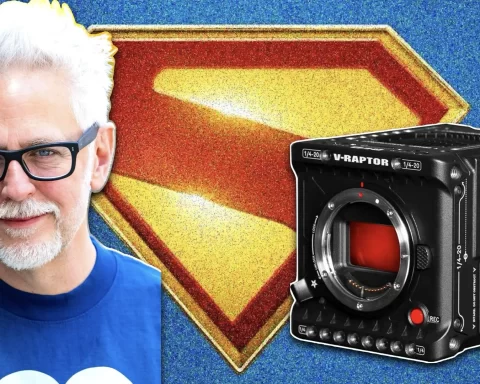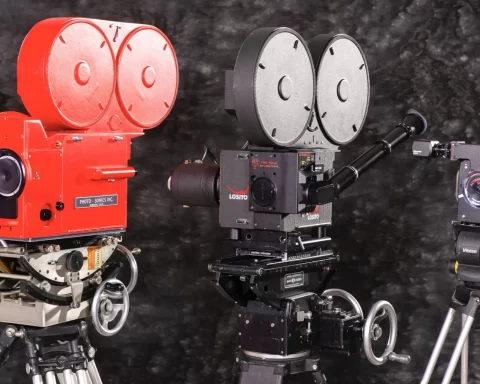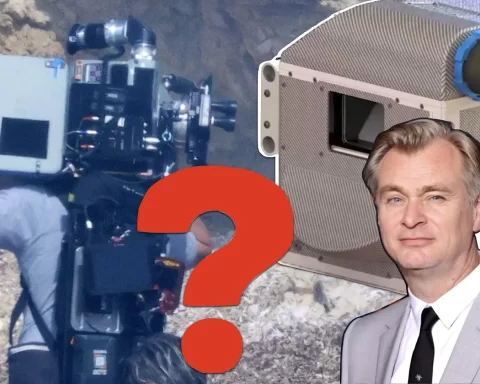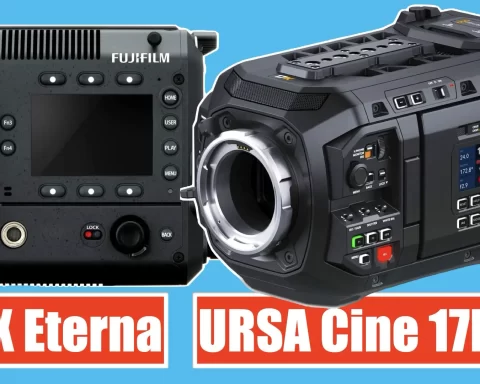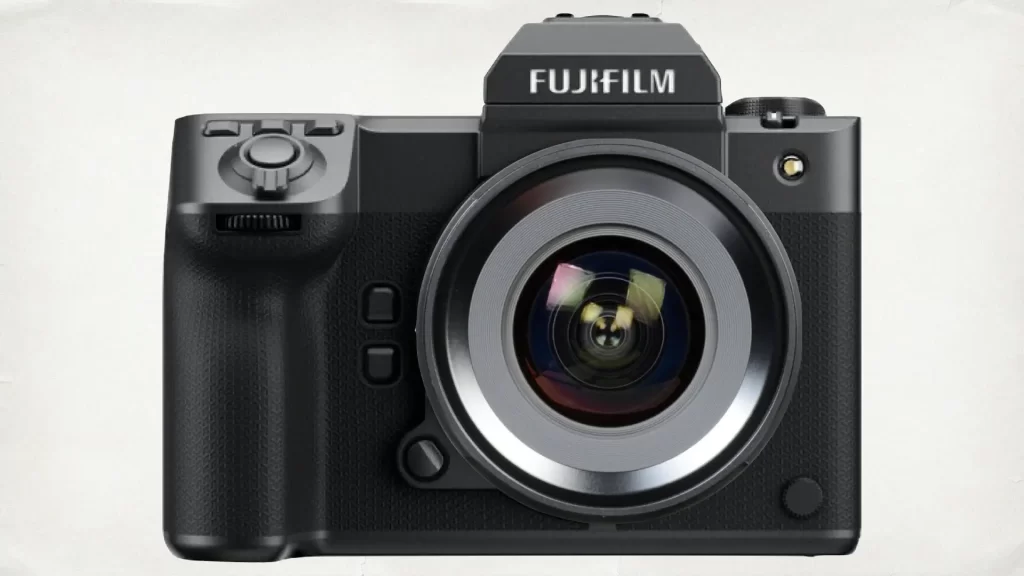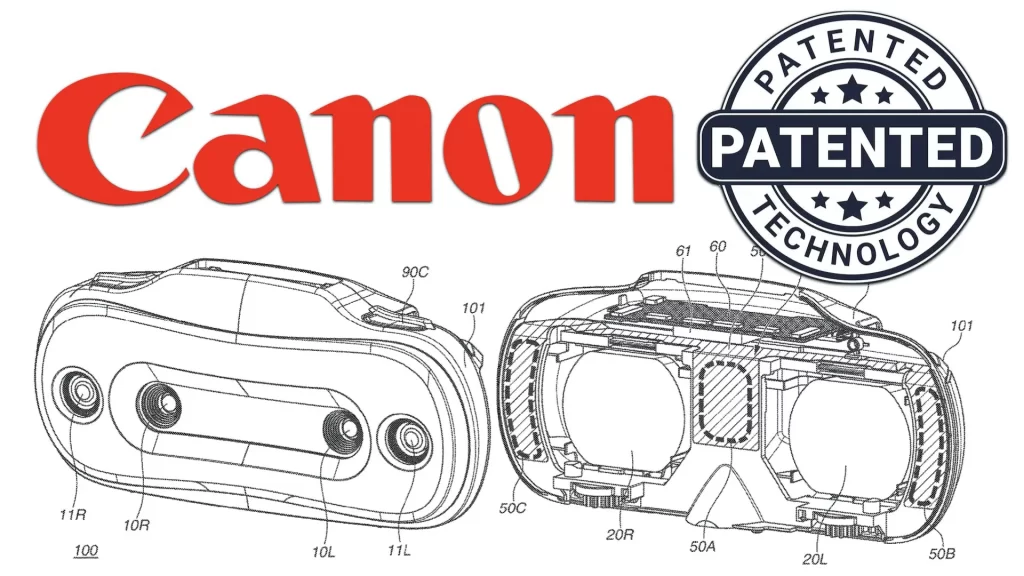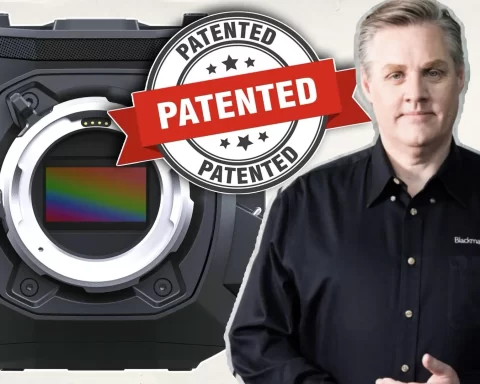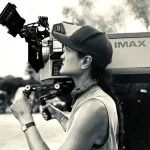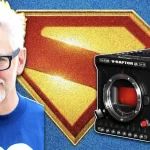Gladiator II, Ridley Scott’s highly anticipated sequel, brings together the grandeur of its predecessor and the innovations of modern filmmaking. With a reputation for pushing boundaries in cinematography, Scott once again employs a masterful blend of practical effects, advanced tools like the ARRI ALEXA Mini LF, and his signature epic storytelling style.
A Legacy of Cinematic Grandeur
Ridley Scott is known for crafting visually stunning epics that transcend their genres. From Gladiator to Napoleon, his ability to capture scale, emotion, and realism sets him apart. With Gladiator II, Scott builds on this legacy by marrying practical effects with cutting-edge cinematography. For Napoleon, Scott leveraged the ARRI ALEXA Mini LF, a camera that delivers stunning imagery and excels in its compactness and dynamic range, to film battle scenes with unmatched clarity. The camera’s lightweight design enabled dynamic handheld shots during chaotic sequences like the battlefields involving 300 men, 100 horses, and 11 cameras. This approach was critical in capturing both the intimate struggles of individual soldiers and the sweeping scale of epic clashes. Scott’s success with the Mini LF on Napoleon made it a natural choice for the cinematography of Gladiator II.

The Cinematographic Advantages of ARRI ALEXA Mini LF
The ARRI ALEXA Mini LF is more than just a camera—it’s a storytelling tool that enables cinematographers to capture every nuance of a scene. Its large-format sensor provides a stunning depth of field, allowing Scott and his team to isolate characters against the chaos of the Roman Colosseum. This proved invaluable for Gladiator II, where the camera’s versatility helped create the film’s signature aesthetic: intimate character moments set against the grandeur of ancient Rome. Additionally, the Mini LF’s ability to handle extreme lighting conditions, from blazing sunlight to professionally dimly lit interiors, brought a tactile realism to the sequel. Whether it was the shimmering dust of the arena or the firelit halls of Roman villas, the camera ensured every shot was immersive and visually arresting. By utilizing multiple Mini LFs during intense action sequences, Scott could capture the visceral energy of gladiatorial combat from multiple perspectives simultaneously—a technique refined during Napoleon’s battle scenes.
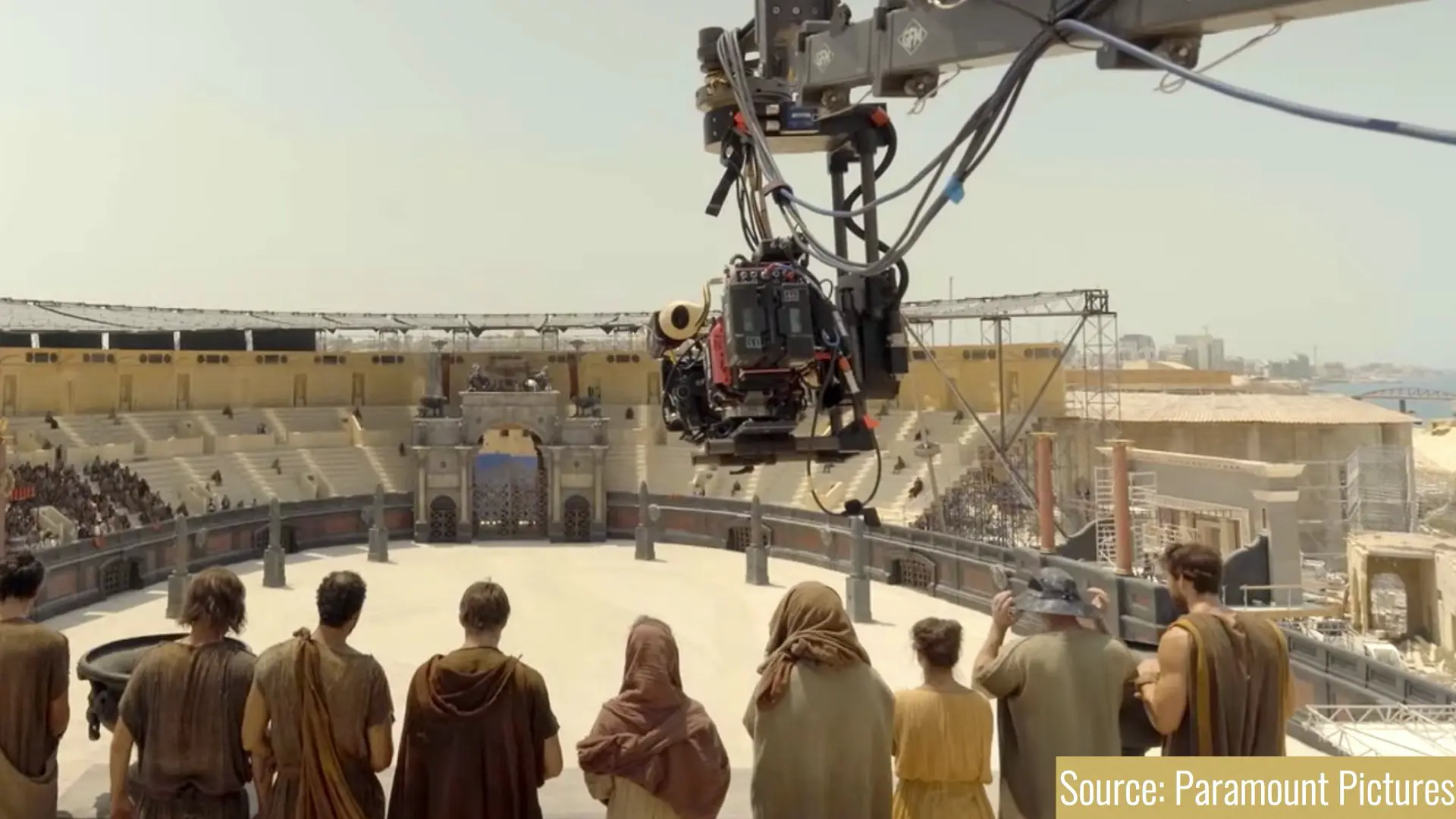
Practical Effects and Realism in Gladiator II
Scott’s commitment to practical filmmaking continues to define his approach. Following the success of Napoleon, celebrated as a “practical, no-CGI masterpiece”, Scott employed similar techniques for Gladiator II. By relying heavily on in-camera effects and real sets, he ensured the film maintained an organic, timeless quality that modern audiences often find lacking in CGI-heavy productions. The ARRI ALEXA Mini LF played a crucial role in achieving this realism. Unlike heavier setups, the Mini LF enabled Scott’s team to experiment with unique camera angles and fluid movements, immersing the audience in the action. Its flexibility was particularly evident in the film’s arena scenes, where the camera danced between combatants, capturing every visceral blow and moment of triumph.

Innovation Meets Tradition
Scott’s willingness to experiment with new technologies, like his recent use of the Samsung Galaxy S23 Ultra, demonstrates his openness to innovation. While Gladiator II demanded high-end tools like the ARRI ALXA Mini LF, this blend of tradition and experimentation defines Scott’s approach to filmmaking. His reliance on practical effects is also a response to critiques of over-reliance on CGI, a sentiment he addressed in his apology to the VFX community.
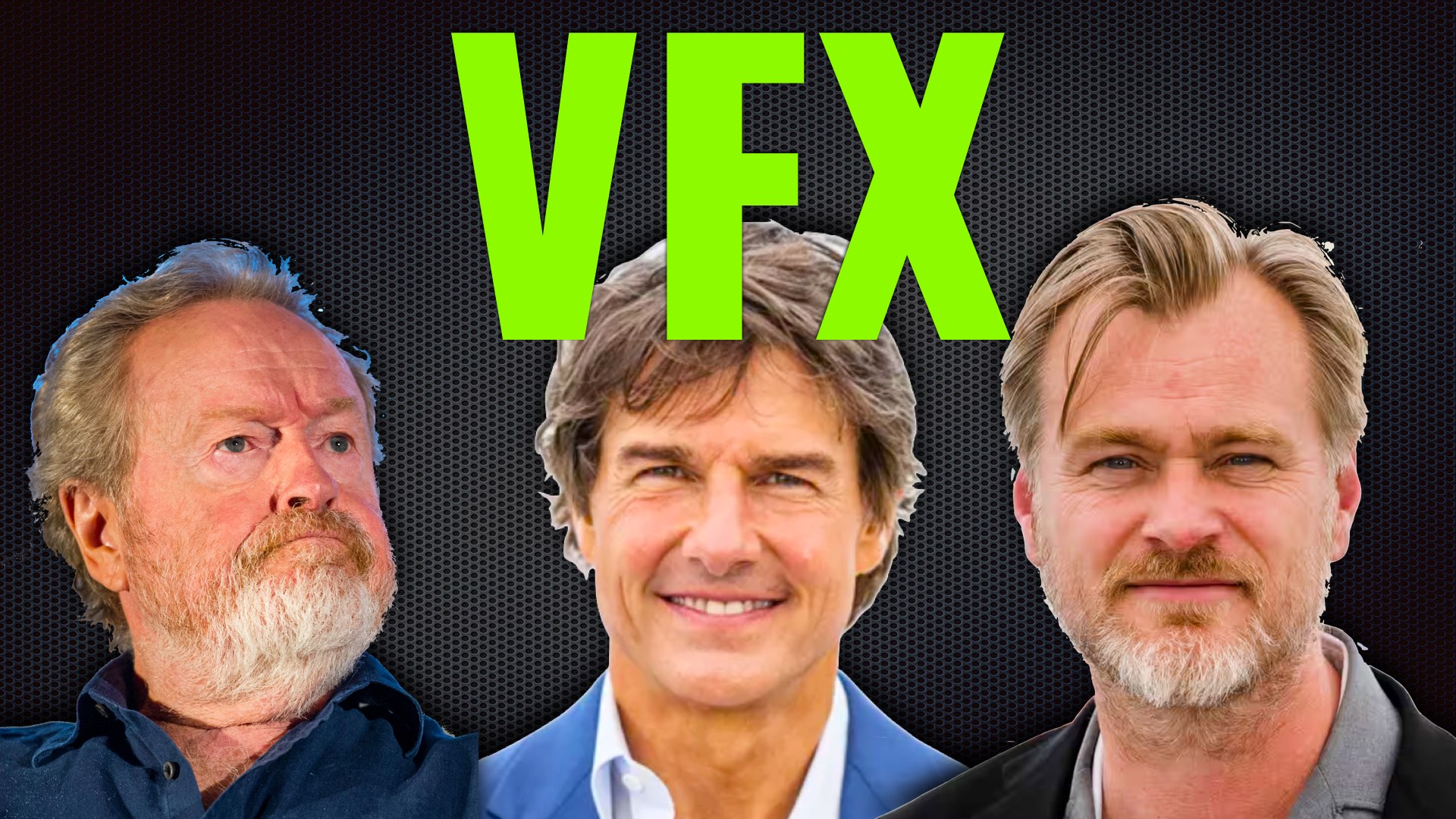
The IMAX Advantage
Recognizing the importance of immersive cinematic experiences, Scott also utilized IMAX technology for Gladiator II. As emphasized by the IMAX CEO, the format enhances the audience’s connection to the film’s visuals, making every detail of the Colosseum and its combatants feel larger than life, as stated by Rich (IMAX CEO): “If you want to launch a blockbuster, you need IMAX to be part of it”

Conclusion
With Gladiator II, Ridley Scott demonstrates why he remains one of cinema’s most innovative storytellers. By blending the practical effects and large-format cinematography perfected in Napoleon with the immersive capabilities of IMAX, Scott delivers a film that honors its predecessor while pushing the boundaries of modern epic filmmaking. The ARR Mini LF, a cornerstone of the film’s visual success, exemplifies Scott’s commitment to technology that serves the story, ensuring that Gladiator II is as much a cinematic spectacle as it is a heartfelt epic.



